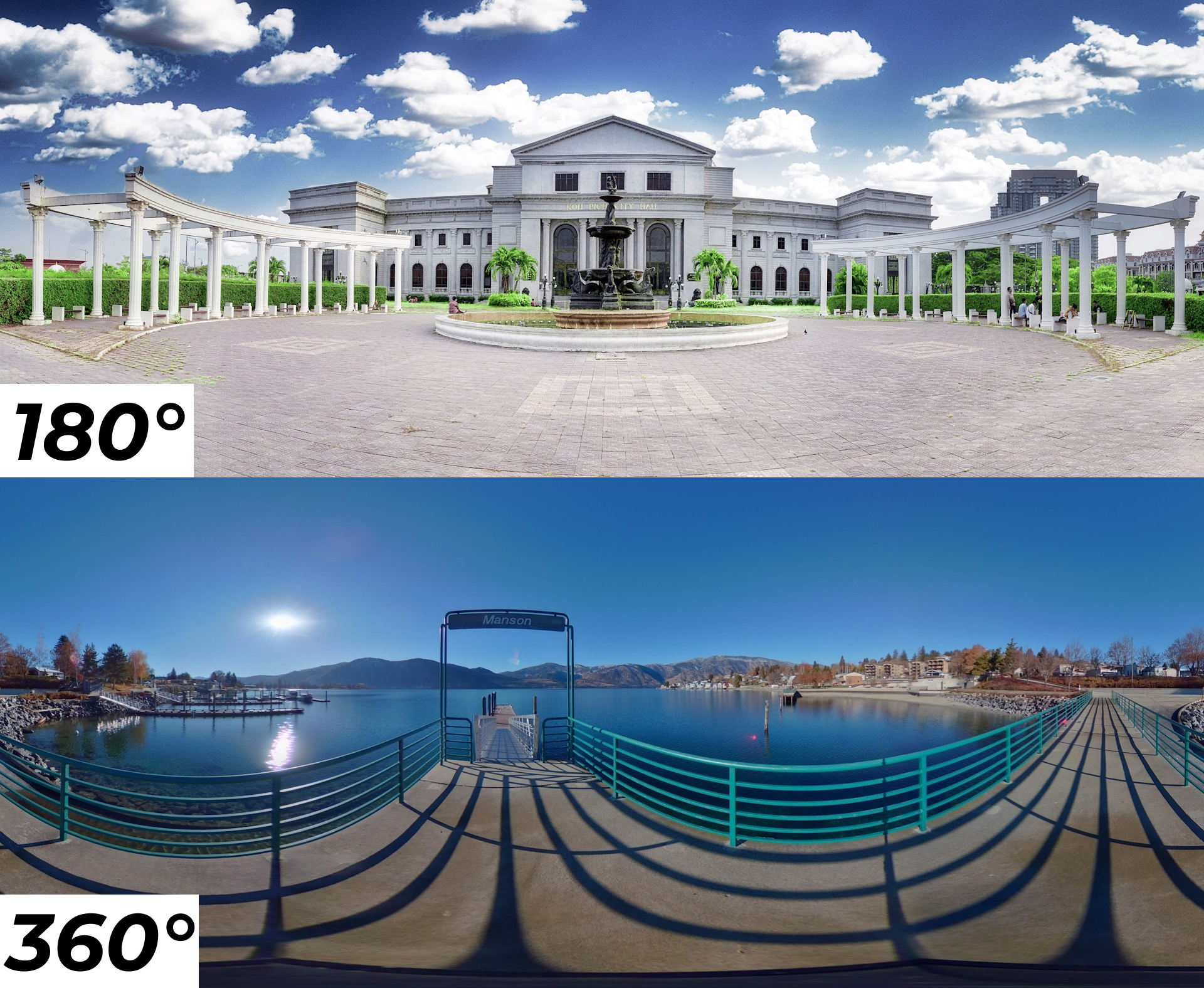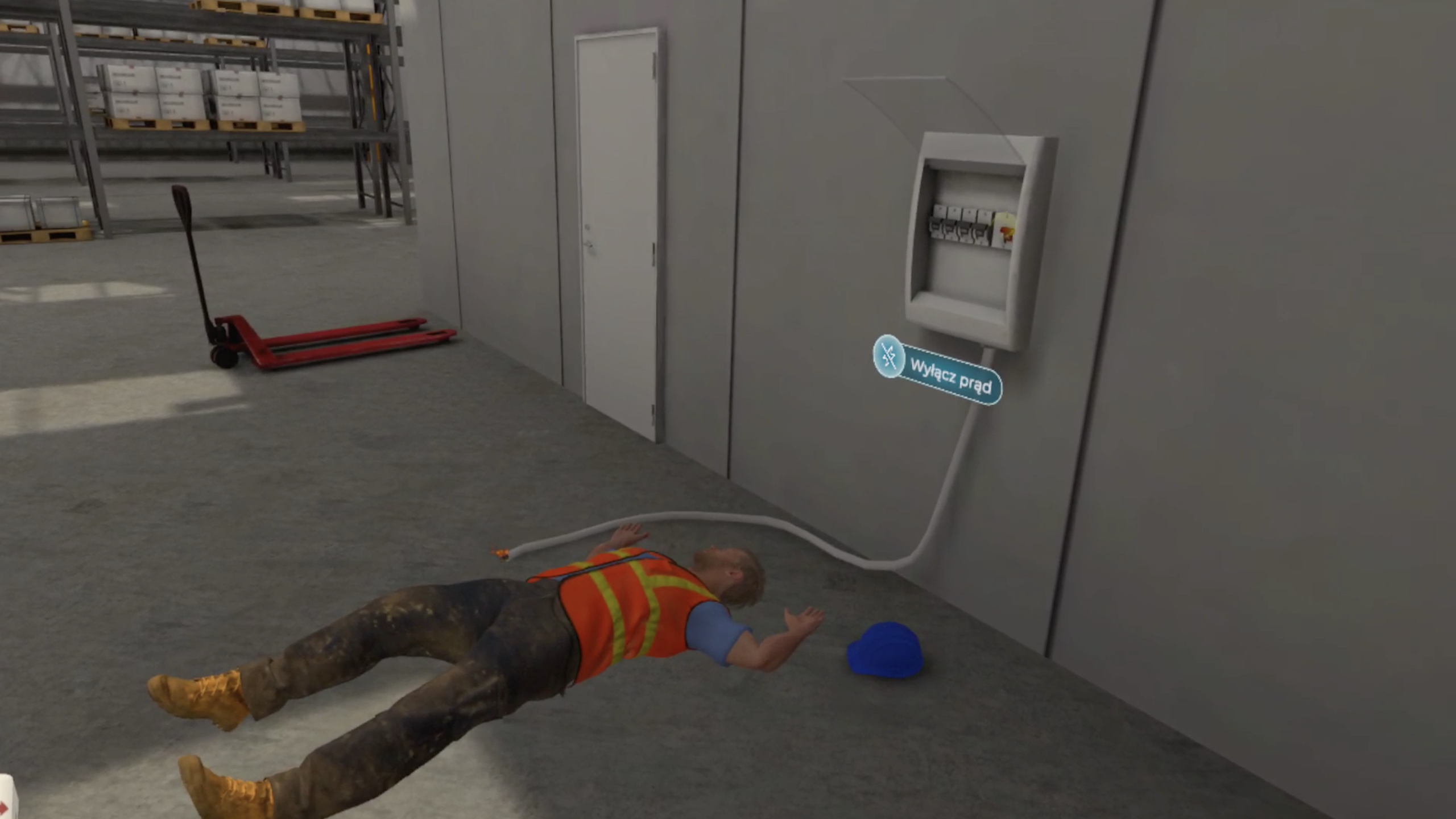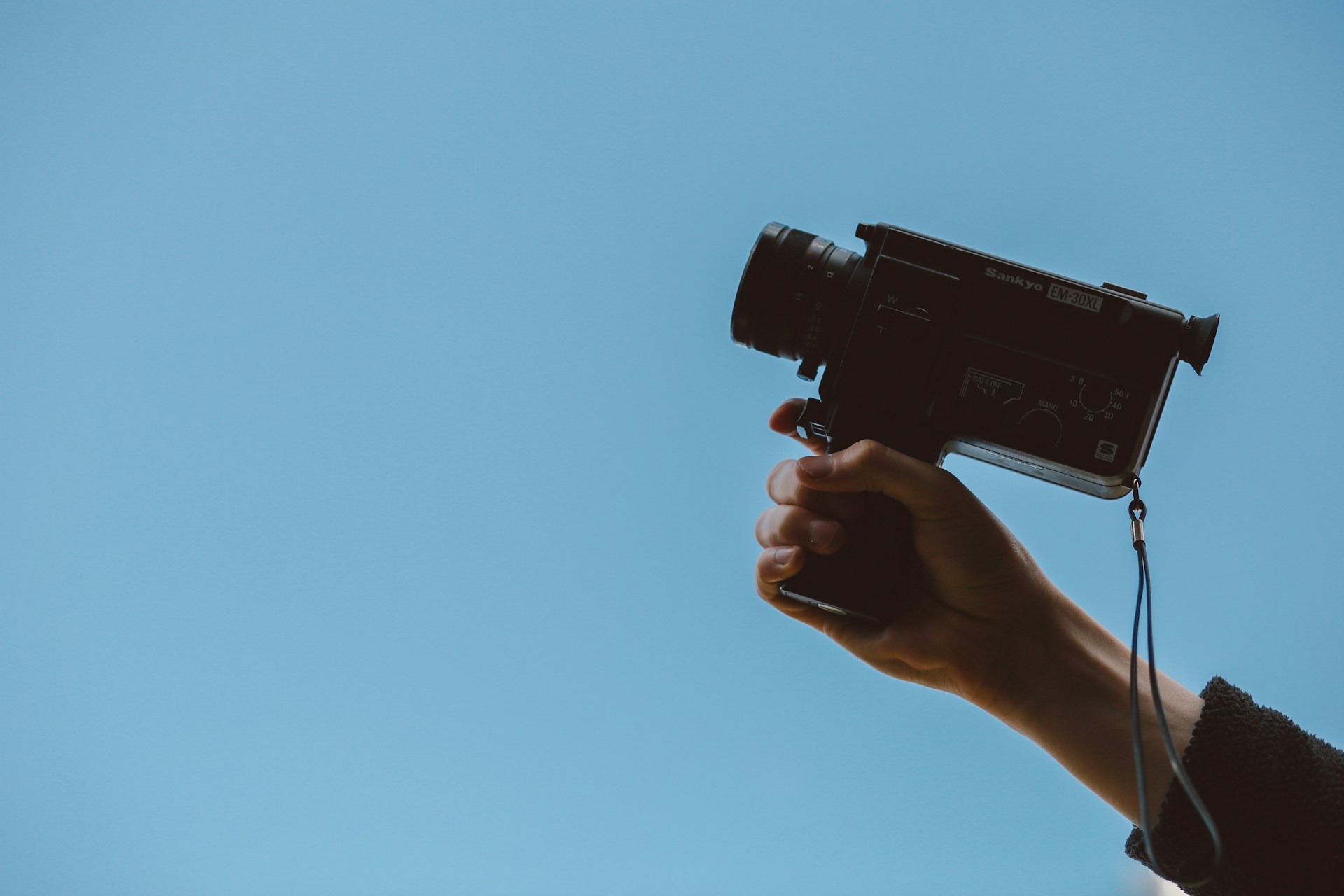VR vs 180° and 360° Videos
VR technology has introduced a whole new level of immersion and interaction, but it is not the only solution available on the market. 180° and 360° videos are popular formats that, when viewed through VR headsets, provide a sense of space, but they have their limitations and differ significantly from full-scale virtual reality applications.
What exactly are 180° and 360° videos?
180° and 360° videos are types of spherical recordings that allow users to “look around” as if they were inside the recording. 180° videos cover only half of the field of view, meaning you can look ahead and to the sides, but the rear is cut off or darkened. 360° videos, on the other hand, allow for a full rotation, so the user can view everything around them, including to the sides, behind, above, and below.
Both formats are typically played through VR headsets or on mobile device screens. However, while viewing them through a headset can provide a sense of immersion, the recordings themselves remain flat projections, with no interactivity or influence on the environment.

Differences Between 180°/360° Videos and Full VR Experience
The main difference between 180°/360° videos and full VR is the ability to interact and the depth of the 3D space. In 180° and 360° videos, we are simply viewers who can look around within the predefined boundaries of the recording, but we cannot interact with objects or move through the space. These are recordings of reality or animation from a single viewpoint that we cannot influence.
On the other hand, VR is a fully immersive 3D environment simulation, where not only can we look around, but we can also interact with objects, move around, and even influence the surroundings. This gives VR users a much greater level of immersion, allowing complete engagement with the virtual world, which is not possible with 180°/360° videos.
Use case of 180° and 360° Videos
180° and 360° videos are often used for promotional, educational, and documentary purposes. They are particularly effective in situations such as:
- Location Presentations: Exploring museums, historical sites, or landscapes. 360° videos allow for “traveling” to distant locations, which can be highly engaging.
- Live Streams and Events: Watching concerts, sports events, or conferences in 360° format allows viewers to feel more “present” at the event.
- Documentary and Educational Films: The 360° format is ideal for presenting natural environments, where users can “look around” in a forest, ocean, or outer space.

Where VR Outperforms 180°/360° Videos
VR offers significantly more possibilities in situations where interaction and environmental simulation are key. Examples of VR applications include:
- Training and Simulations: Virtual VR environments enable realistic recreations of scenarios, such as safety training, first aid exercises, or machinery simulations. With a full 3D environment, users can actively perform tasks, enhancing learning effectiveness.
- Games and Entertainment: VR games allow players to not only observe but also actively participate and influence the game world. Interacting with objects, characters, and the environment provides an incredibly engaging experience.
- Product and Space Presentations: VR allows the design of interactive showrooms where users can step inside a space or configure a product, offering a much more immersive and customizable experience than 180°/360° videos.
Summary
180° and 360° videos offer an attractive, immersive experience for viewers, but their limitations, such as lack of depth and interactivity, mean they cannot be considered full VR. In situations where active learning, interaction, or task simulation is key, VR remains the superior solution. However, 180° and 360° videos are a great choice when the goal is simply to look around, without interacting with the environment. Thanks to this diversity, both technologies have their own applications that can be tailored to specific needs and objectives.
Need more information or want to find out which solution works best for you? Schedule a free consultation!


